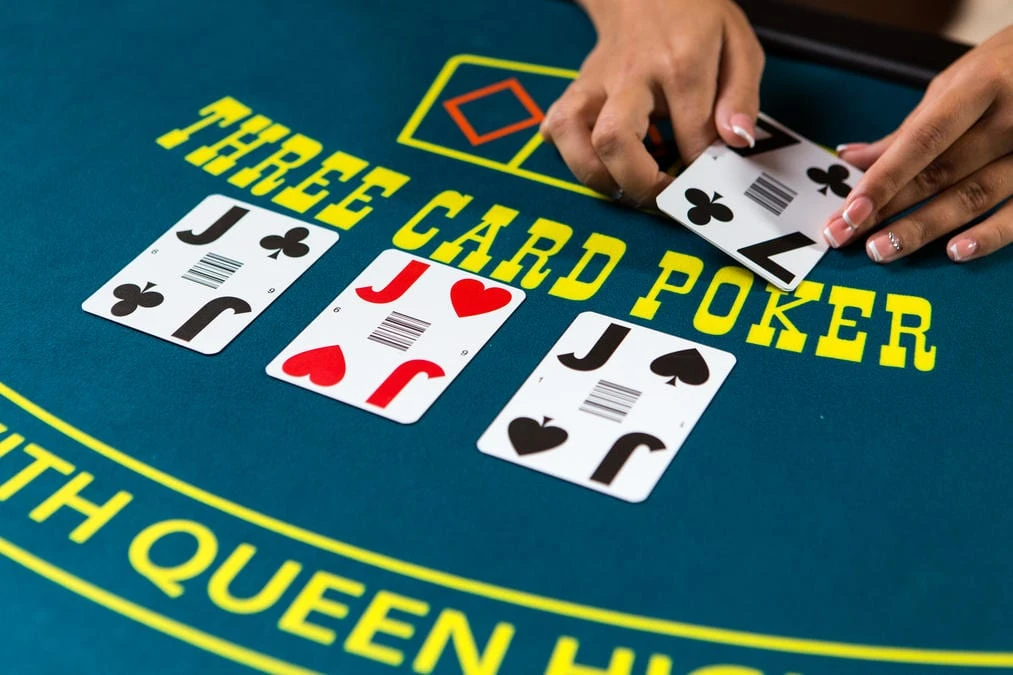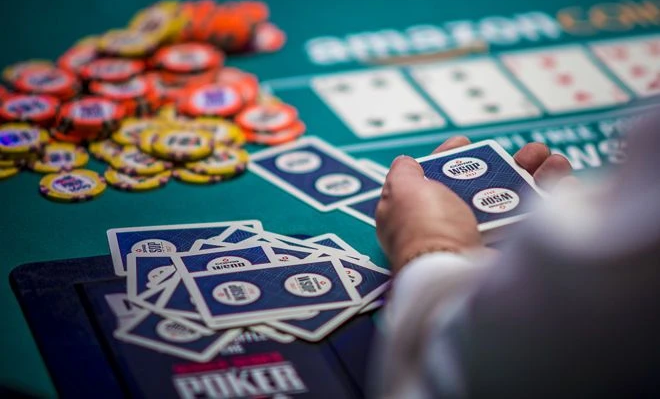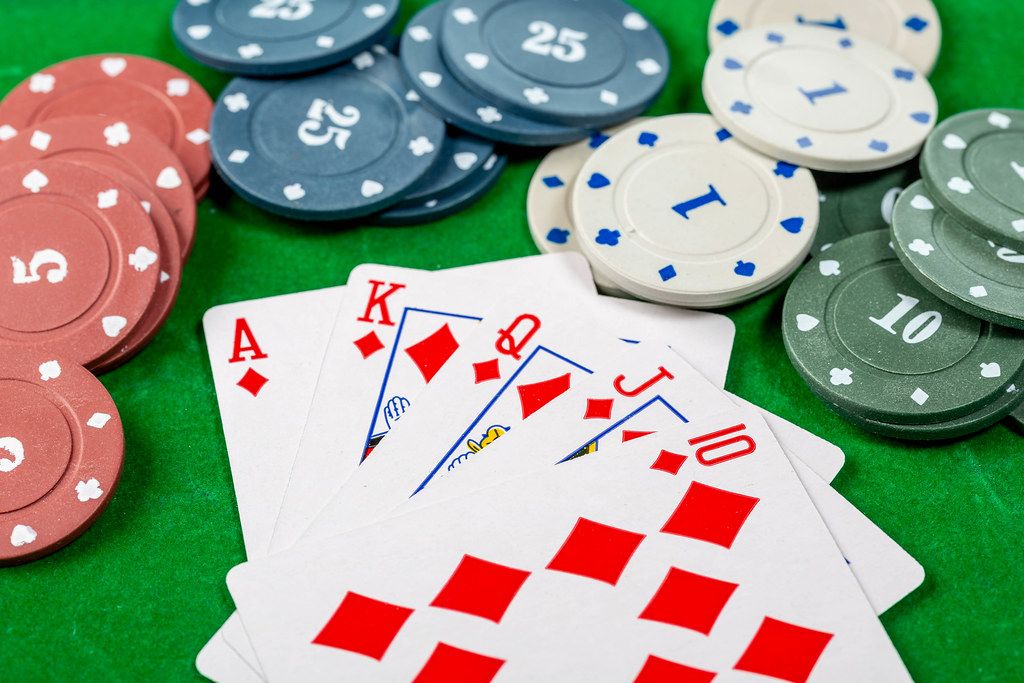
What is a 3 bet in poker?
What is a 3 bet in poker? This is a question that many poker enthusiasts often ponder as they delve deeper into the strategic aspects of the game. A 3 bet in poker is a powerful move that involves re-raising after an initial raise and a subsequent re-raise.
At its core, a 3 bet is the third distinct bet in a betting round, following the initial bet (the blind), the first raise, and then the re-raise. This move is predominantly used in pre-flop situations but can also be applied post-flop to manipulate pot sizes and opponent actions.
The importance of the 3 bet lies in its versatility and potential to shape the flow of the game. It serves multiple purposes: building the pot when holding premium hands, isolating weaker players, and balancing one’s range to keep opponents guessing.
Understanding the basics of a 3-bet
What is a 3 bet in poker? At its core, a bet poker move refers to the third bet in a round of poker, typically occurring pre-flop. The term originates from the sequence of bets: the initial forced bet (the blinds), the first voluntary raise, and then the re-raise, which is the third bet, hence the name “3-bet.”
In poker, the blinds are the first bet in the hand, made by the players in the small and big blind positions. When another player raises after the blinds, that is the second bet. If a subsequent player decides to re-raise, this action is known as a 3-bet.
To better understand the concept of a 3-bet, consider the following example:
Imagine you are playing a game of No-Limit Texas Hold’em. The blinds are set at $1/$2. Player A, in early position, raises to $6. Player B, in a later position, decides to re-raise to $18. Player B’s re-raise is the 3-bet. This aggressive move forces the original raiser and other players to reconsider their hands and their willingness to continue in the pot.
Situations for three betting
What is a 3 bet in poker? Here, we will discuss three common situations where three betting is particularly advantageous: value three betting, bluff three betting, and defensive three betting.
Value three betting occurs when you have a strong hand and aim to extract maximum value from your opponents. This strategy is used to build the pot and capitalize on the strength of your hand. For example, holding premium hands such as AA, KK, or QQ, you should consider three betting to increase the pot size and potentially eliminate weaker hands.
Example: Imagine you are in the big blind with KK. The player in the middle position raises to $10, and you decide to three bet to $30. This value three bet puts pressure on the initial raiser and indicates that you have a strong hand, encouraging them to either call with a weaker hand or fold.
Bluff three betting is a strategic move where you use a 3-bet as a bluff to force your opponents to fold better hands. This tactic is effective against players who are likely to fold to aggression. Bluff three betting can help you win pots without having the best hand and keep your opponents guessing about your hand strength.
Example: You are on the button with 7♠6♠, and the player in the cutoff raises to $12. Recognizing this player often folds to aggression, you decide to three bet to $36. Despite having a weaker hand, your aggressive play might compel the initial raiser to fold, allowing you to take down the pot uncontested.
Defensive three betting is used to counter aggressive players who frequently raise. By three betting, you can regain control of the hand and put the aggressor on the defensive. This strategy can deter aggressive players from continuing their betting spree and force them to play more cautiously.
Example: You are in the small blind with AQ. The player in the hijack, known for their aggressive play, raises to $15. To counter this, you three bet to $45. This defensive three bet signals strength and can cause the aggressive player to fold or call with a weaker range, giving you the advantage.
The strategy behind 3-betting
What is a 3bet in poker and how can it transform your game? Mastering the 3-bet is an essential skill for any serious poker player. This strategy allows you to exert pressure, control the pot, and manipulate your opponents.
Positional advantage
Position is a critical factor in poker, and it significantly influences 3-betting decisions. When you have a positional advantage, you act after your opponents, giving you more information about their actions before you make your move. This advantage is crucial for both value and bluff three betting.
Example: Consider a scenario in a No-Limit Hold’em game where you are on the button with A♠K♠. The player in the cutoff raises to $10. Because you are in position, you can three bet to $30. This move leverages your positional advantage, allowing you to act last on subsequent betting rounds. Your opponents will often fold to your aggression, fearing the strong hand your position represents.
Hand selection
Choosing the right hands for three betting is fundamental to a successful 3 bet poker strategy. What is a 3 bet in poker?You need to balance your range between strong value hands and selective bluffs. Value hands include premium holdings like AA, KK, QQ, and AK. Bluff hands should have potential but are not strong enough to call a raise, such as suited connectors or small pocket pairs.
Example: In the big blind, you hold 9♣9♦. The player in the middle position raises to $15. You decide to three bet to $45. Your hand is strong enough to justify a re-raise but not so strong that you want multiple callers. By three betting, you either take down the pot immediately or isolate one opponent, simplifying your post-flop decisions.
Sizing your 3-bets
Optimal bet sizing is crucial for effective 3-betting. The size of your 3-bet should be influenced by your position, the initial raise size, and the tendencies of your opponents. In position, a smaller three bet (2.5 to 3 times the initial raise) can be effective, while out of position, a larger size (3.5 to 4 times the initial raise) is recommended to compensate for your positional disadvantage.

Example: You’re in the small blind with Q♥J♥. The hijack raises to $20, and you decide to three bet to $70. This larger size reflects your out-of-position disadvantage and puts significant pressure on the initial raiser. If they fold, you win a substantial pot; if they call, you have set up a favorable situation with a strong speculative hand.
Examples of strategic 3-betting in different scenarios
- Value 3-betting: You hold A♦A♣ on the button. The cutoff raises to $10, and you three bet to $35. The big blind calls, and the cutoff folds. You have maximized value pre-flop with a premium hand.
- Bluff 3-betting: Holding 7♠6♠ in the small blind, the button raises to $15. Recognizing the button’s wide raising range, you three bet to $50. The button folds, and you win the pot with a speculative hand.
- Defensive 3-betting: With A♠Q♠ in the big blind, the hijack, known for aggressive plays, raises to $20. You three bet to $60 to defend your blinds and assert your strength, forcing the hijack to reconsider their aggression.
By leveraging positional advantage, carefully selecting your hands, and sizing your bets optimally, you can effectively use the 3-bet to dominate your opponents and control the game.
Advanced 3-betting techniques
Mastering what is three betting in poker involves delving into advanced concepts and techniques that can significantly enhance your strategy. Here, we explore polarized vs. linear 3-bet ranges, exploiting opponents, and balancing your range.
Polarized vs. linear 3-bet ranges
Understanding the difference between polarized and linear 3-bet ranges is crucial for effective 3 bet poker strategy.
Polarized 3-bet range: A polarized range consists of strong value hands and weaker hands used as bluffs. The middle-range hands are typically not included. This approach works well when you want to mix strong hands with bluffs to keep opponents guessing.
Example: You are in the big blind. The cutoff raises to $10. With a polarized range, you might three bet with A♠A♦ (a strong hand) or 5♠4♠ (a weaker hand used as a bluff). Hands like A♥Q♣ are usually just called, not three-bet.
Linear 3-bet range: A linear range includes all hands you consider strong enough to re-raise, creating a continuum of strong hands without gaps. This strategy is effective against opponents who rarely fold to 3-bets.
Example: From the button, the hijack raises to $15. With a linear range, you might three bet with A♠A♦, K♠K♦, and down to A♠J♦. This approach maximizes the number of strong hands in your range.
Exploiting opponents
Adapting your 3-bet strategy to exploit opponent tendencies is a key component of advanced bet poker play. Recognize and adjust to their weaknesses:
- Against tight players: Increase your 3-bet bluffs. Tight players often fold to aggression, allowing you to steal pots.
- Against loose players: Focus on value 3-bets. Loose players call frequently, so you can extract more value with strong hands.
Example: Facing a tight opponent who rarely calls 3-bets, you might three bet with a wider range of hands like K♠J♠ or Q♠10♠, expecting them to fold often.
Balancing your range
Keeping your 3-betting range unpredictable is essential for avoiding exploitation. By balancing your range, you ensure that opponents cannot easily determine whether you are three-betting for value or as a bluff.
Example: If you have been three betting with strong hands like A♠A♦ and K♠K♦, mix in some bluffs like A♠5♠ or 9♠8♠. This balance forces opponents to make difficult decisions, reducing their ability to exploit you.
Examples of advanced 3-betting plays
- Polarized range play: In the small blind, the cutoff raises to $12. You three bet to $36 with A♠K♠ (value) and occasionally with 7♠6♠ (bluff). This mix keeps your range unpredictable.
- Exploiting a loose player: On the button, you have Q♠Q♦. The hijack, a known loose player, raises to $10. You three bet to $35, expecting a call from weaker hands, allowing you to build a substantial pot.
- Balancing your range: In the big blind with J♠10♠, the button raises to $15. You have been three betting frequently with strong hands. Here, you three bet to $45 to balance your range, keeping opponents uncertain.
These strategies make your 3-bet game robust and difficult to counter, giving you a significant edge at the poker table.
Common mistakes and how to avoid them
Here, we identify some of the most frequent errors and provide tips on how to avoid them. What is a 3 bet in poker?
Mistake 1: overusing the 3-bet
One of the most common mistakes is overusing the 3-bet, turning it into a predictable move. Players who 3-bet too frequently can become easy targets for experienced opponents who will adjust their strategies accordingly.

Example: Imagine a player who constantly 3-bets pre-flop with a wide range of hands. Observant opponents will start to call or 4-bet more often, knowing the initial 3-bet is likely a bluff. To avoid this, balance your range and use the 3-bet more selectively, mixing value hands and bluffs in a way that keeps opponents guessing.
Mistake 2: incorrect bet sizing
Another common error is incorrect bet sizing. Players often make their 3-bets too small or too large, which can give away the strength of their hand or fail to achieve the desired effect.
Example: A player 3-bets with AA to a size barely above the initial raise. This small 3-bet gives good odds for opponents to call with speculative hands. To avoid this, use consistent sizing that makes it difficult for opponents to read your hand. Typically, a 3-bet should be 2.5 to 3 times the original raise when in position and 3.5 to 4 times when out of position.
Mistake 3: failing to consider position
Not considering position is a critical mistake. Position greatly influences the effectiveness of a 3-bet. Players who ignore this can find themselves in difficult post-flop situations.
Example: A player in early position 3-bets against an aggressive late position raiser. While the move might seem strong, it can backfire if the late position player has position advantage post-flop. To avoid this, always factor in your position when deciding to 3-bet. In early position, your 3-bet range should be tighter, focusing on premium hands.
By balancing your 3-bet range, using proper bet sizing, considering position, and adapting to your opponents, you can make more informed and effective 3-betting decisions, improving your overall poker performance.
Mastering what is a 3 bet in poker
Effectively using 3-bets in poker can significantly improve your gameplay. Whether you are building the pot with strong hands, bluffing to force folds, or defending against aggressive players, mastering the 3-bet strategy will give you a competitive edge.
Now that you have a comprehensive understanding of what does 3 bet mean in poker, it is time to apply these strategies in your own games. Continuously practice and refine your 3-betting techniques, adapt to your opponents, and always be mindful of your position and bet sizing. By doing so, you will not only enhance your skills but also increase your chances of success at the poker table. Keep learning, stay focused, and may your next 3-bet lead to a big win.

 July 22, 2024
July 22, 2024